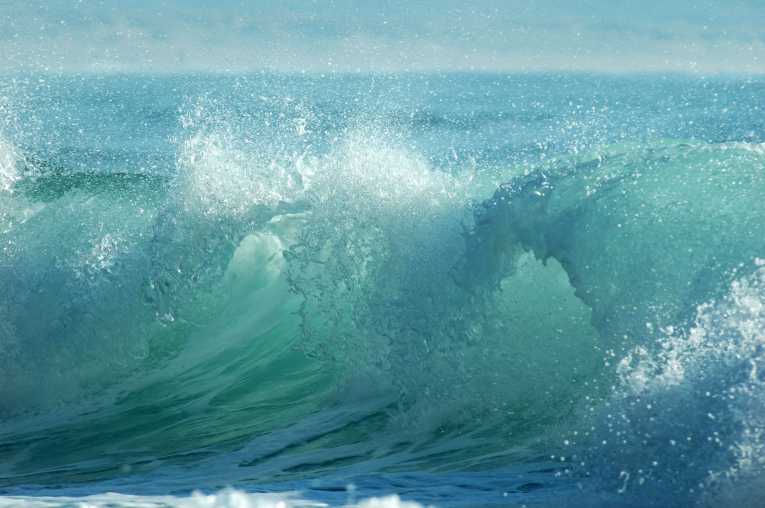In a further confirmation of how global warming is telescoped around the planet in odd ways, scientists from University of Washington have more firmly tied the warming of West Antarctica all the back to source - warming seas in the tropical Pacific, thousands of miles away. West Antarctica, and the Arctic peninsula jutting out northwards from it, have been showing a decades-long trend of rising temperatures, that had scientists puzzled.
Now research to be published in Nature Geoscience has confirmed that a similar warming trend, along the equatorial waters of the Pacific Ocean, is driving the warming of the icy reaches of Antarctica. And the warmth is leapfrogging all of that distance by large-scale atmospheric waves, known as 'Rossby wave trains'. This paper helps to fill in a missing puzzle piece, as to how the Antarctic continent is being affected by climate change.
Antarctica the most southerly continent, is somewhat isolated from the rest of the globe, in terms of climate. As much of the rest of the planet warms - especially in the far northern Arctic region - Antarctica has been protected by wind and sea circulations. In fact many parts of the continent are showing a long-term temperature fall.
Not in West Antarctica. Here the temperature has risen by between 0.3 and 0.5 degrees C over the last few decades. And the warming here matters massively for the rest of the planet - the region contains up to 10% of all the ice in Antarctica. If that were to melt, sea-levels globally would rise by more than 15 feet, which could happen if temperatures rise by 5 degrees C or so.
The team pinned the ongoing temperature rises to the Pacific by analyzing surface temperature records and satellite observations; these showed a strong statistical connection between the two regions. The Rossby waves provide the mechanism for shifting tropical heat to the Antarctic. These wave-like structures form alternating areas of low and high pressure systems above the oceans. It is the high pressure end of the wave train, sitting over the Amundsen Sea adjacent to West Antarctica, that brings warmth on its westerly winds.
Over half of the West Antarctic temperature rises seen could accounted for by this process. It was especially strong in the Southern hemisphere's winter, and spring. Professor Eric Steig, a co-author of the paper said this Pacific heat was different from the better known El Nino phenomenon. The westerly winds are helping to funnel warm waters under the seaward edge of the ice-sheet, accelerating its melting, he said.










